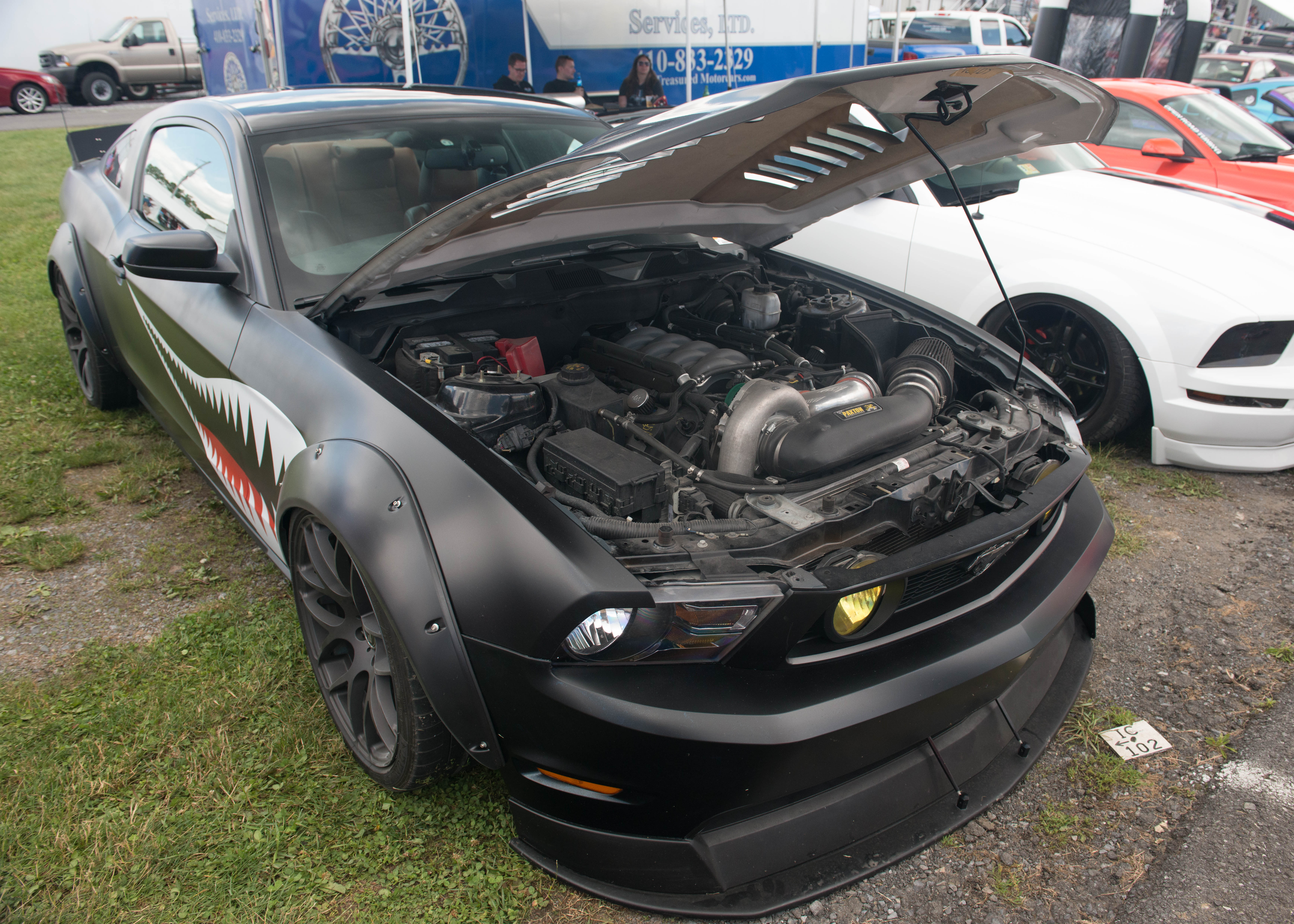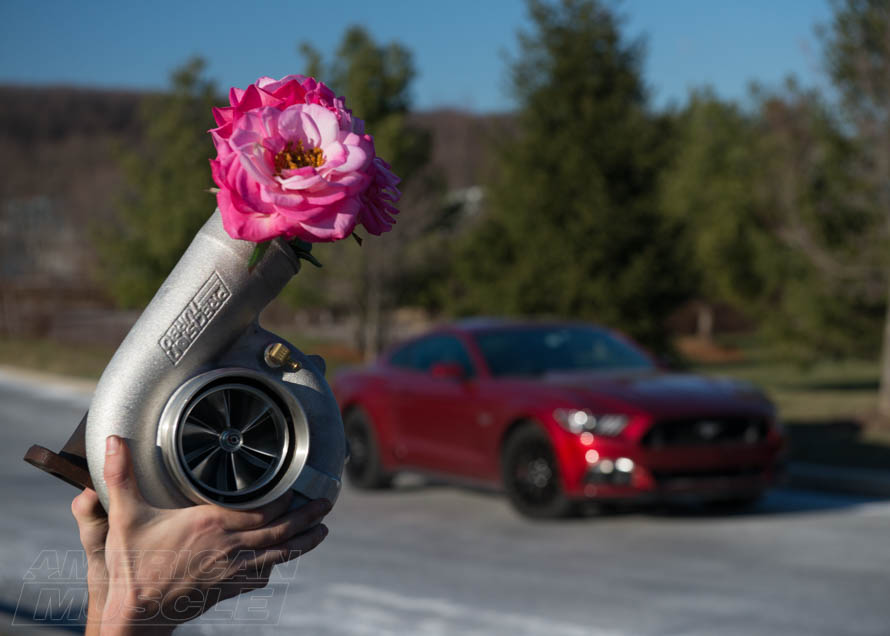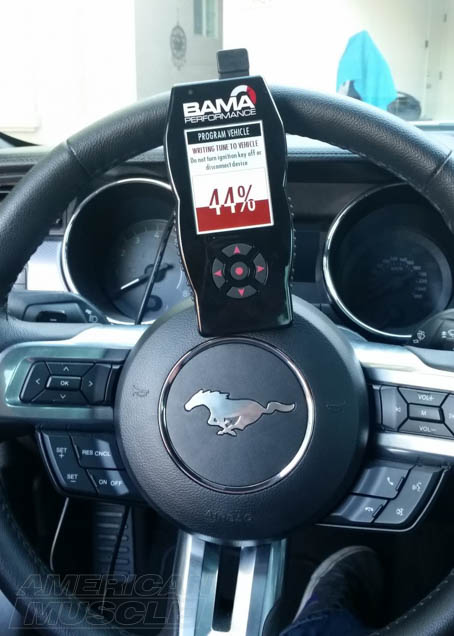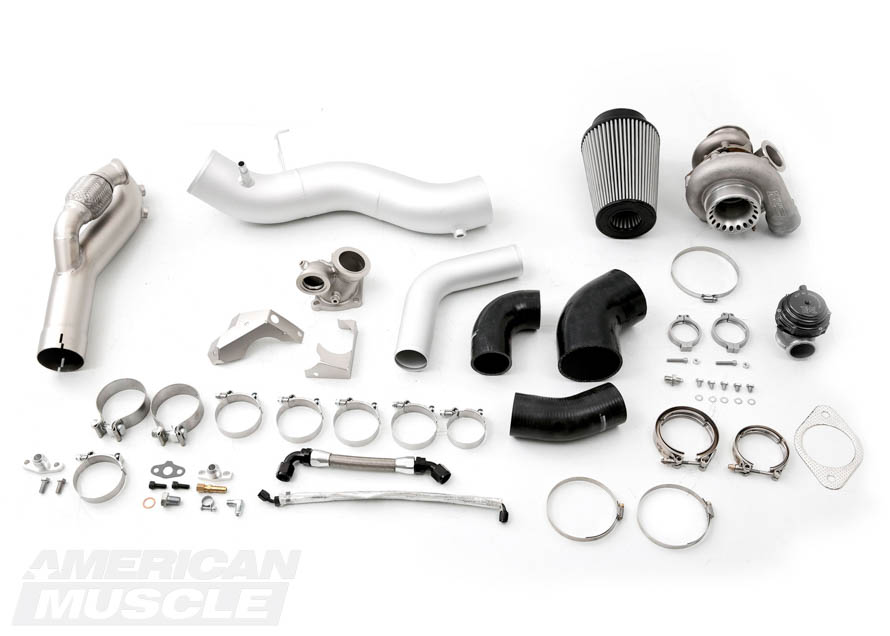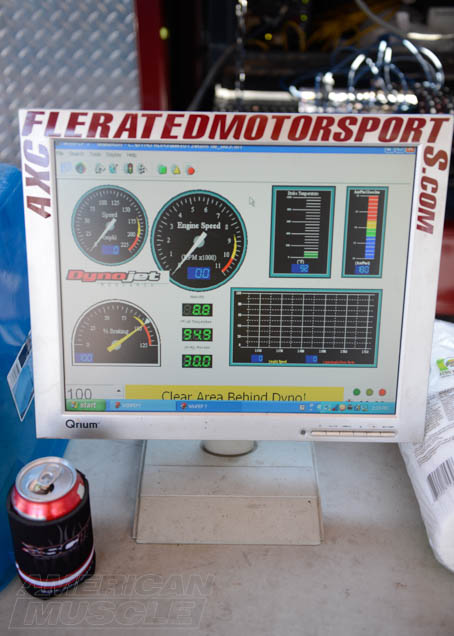Before we start off, it is important to understand the purpose of a Blow Off Valve (BOV) and the types. The role of the blow off valve is to prevent compressor surge. Compressor surge occurs when the throttle plate is closed, either between shifts or during deceleration. Although the throttle plate closes, the turbocharger has already processed the air, and if this air is not redirected, it will backtrack to the turbo. If this air reaches the compressor housing, it will turn the compressor wheel backward or at least try to. In most cases, it will slow down the compressor or stall it, which will result in an oscillating fluttering sound. While some people like the fluttering sound, compressor surge causes turbo lag, hurts overall driveability, and puts stress on the bearing and shaft of the center cartridge in the turbo.
A vented valve (also known as a vent to atmosphere) discharges into the atmosphere, making that sound that most people associate with turbochargers. A recirculated valve routes the pressure back into the system. Vented BOVs aren’t for every application, and we're not necessarily talking about sound quality. Your engine’s turbo system helps dictate which type of BOV is best for your Mustang.
A turbocharged, mass airflow controlled engine runs a recirculating BOV because the system is a self-contained, closed loop and the computer has determined its fueling strategy based on the flow. Re-inserting the boost into the system will not upset engine operation. Running a vented BOV changes the airflow (by venting it out of the system) after the computer has decided its fuel parameters. The result is a hiccuping horror show of an engine that will barely run and/or run rich when the throttle plate is closed.
Speed density systems are more predictive in their approach to engine control. The major components of a speed density system are the intake air temperature sensor (IAT) and manifold absolute pressure sensor (MAP). Engine speed, throttle position, and coolant temperature are other parameters that go into speed density calculations. An oxygen sensor mounted in the exhaust system relates combustion efficiency to the computer after the fact. The ECU takes all the data, readings, and measurements and selects one of many pre-programmed tables that represent a volumetric efficiency value of the engine. The table has a corresponding fuel table employed to run the engine. Since this system is not a closed-loop, pressurized design, losing or venting pressure to the atmosphere will not impact performance, so it can run either style of BOV.

